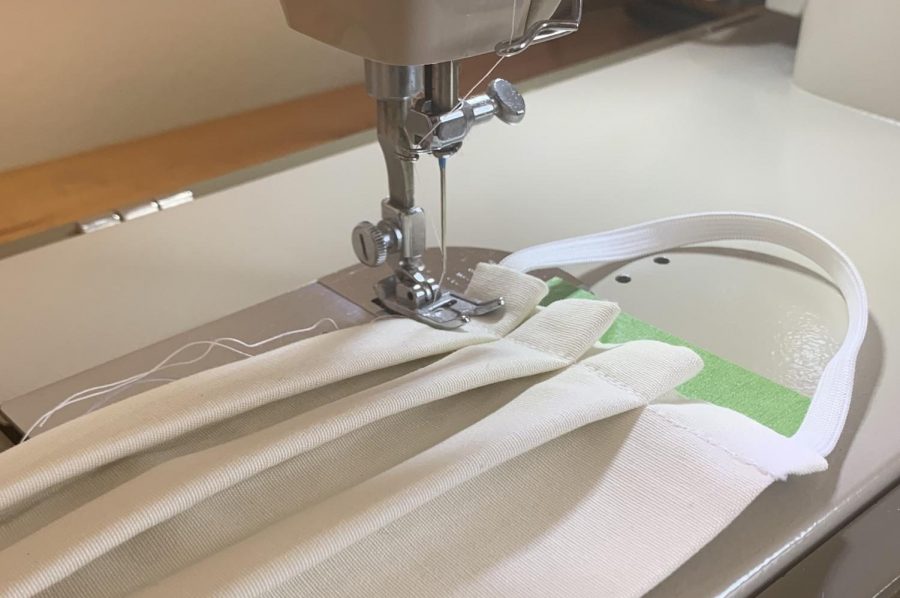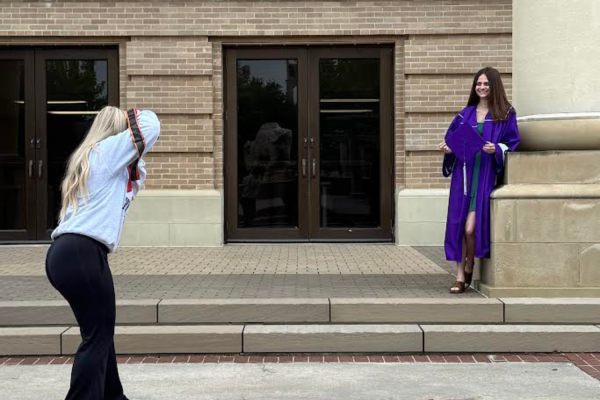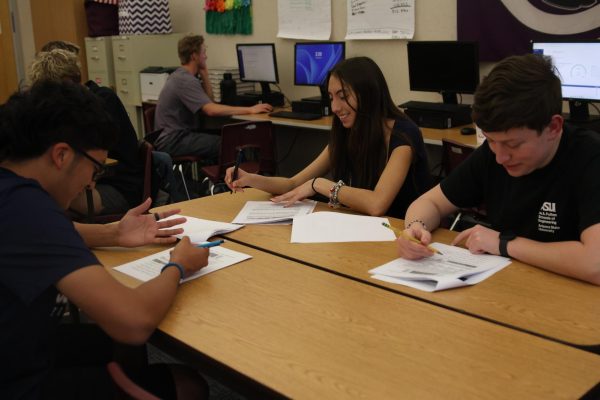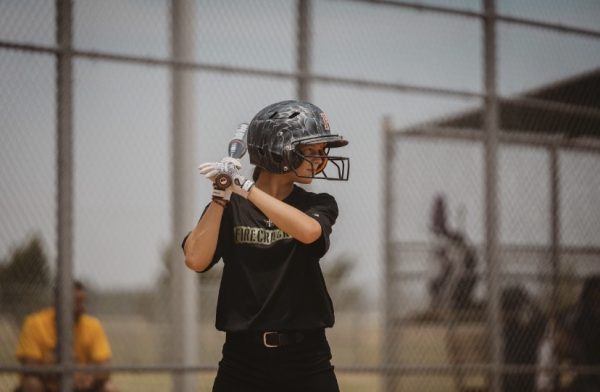In Case You Missed It: Make a mask, make a difference
Those who are wanting to go a more creative route can follow Hobby Lobby’s tutorial and sew a face mask out of fabric.
Editor’s Note: Students will start the school year in person or virtually Wednesday, Aug. 19. Students attending school in-person are required to wear a face covering while on campus. For those without a mask, The Eagle’s Tale is republishing the following story offering ways to make your own in our “In Case You Missed It” series. Read more about the series here.
Recently, the CDC reversed it’s guidelines on wearing face masks while out and about. Further research on COVID-19 has shown that up to 25 percent of those affected with the disease do not experience symptoms, meaning you could be spreading the disease without knowing you even have the disease. This proves the need to wear a mask when out in public doing things such as getting take-out from a restaurant, getting groceries or visiting essential businesses.
While the need to wear a face mask is strong, the demand for face masks in the United States is extremely high. Although hoarding face masks is highly discouraged, it can be beneficial to make your own. In fact, the CDC emphasizes the importance of Americans making their own cloth face masks in order to conserve the N-95 respirators for medical facilities.
There are many simple ways to make your own by just using what you have at home: old t-shirts, bandanna, towels and rubber bands. Or, those who are feeling extra creative can cut and sew one from some bright colored fabrics. However you choose to make your face mask, remember to make it multi-layered, as one layer isn’t enough for the face mask to be truly effective.
For those wanting to go the simpler route, the CDC has an easy way to make your own. You will need a t-shirt, bandanna or hand towel, as well as two rubber bands. For the more creative group, Hobby Lobby has sent emails to customers with instructions to sew your own simple face mask – even leaving room for a filter if desired.
As all information is extremely new, there isn’t a lot of research on the effectiveness of cloth masks. However, as you are going about your day to day activities, anything can help, even if you aren’t sure if you’re infected or not. The cloth can prevent the transmission of droplets that carry the virus when coughing, sneezing or talking. While the face mask isn’t guaranteed to keep out every germ, it will help those who have the virus from spreading it to others.
And most importantly, for those with extra personal protective equipment, Microsoft, UPS, the American Hospital Association and Kaiser Permanente have teamed up with other health care companies to begin a project titled “Protecting People Everywhere“. The project runs off an app and website called HealthEquip. Anyone hoping to donate to the cause of fighting COVID-19 can go to the app and be paired up with a hospital in need of supplies. All donations will be shipped to the hospital free of charge.

Hello! My name is Hannah Backus, and I am a senior. This will be my third year on The Eagle's Tale staff and second as Editor-in-Chief, and I am so excited to be serving the students of Canyon High once again. Alongside newspaper, I am co-president of...











